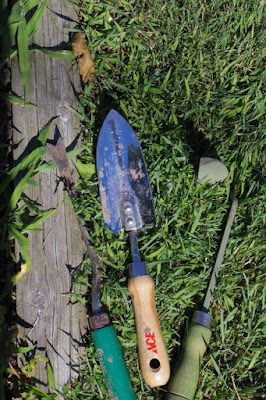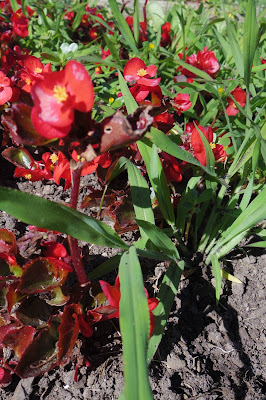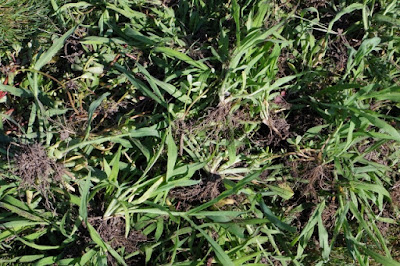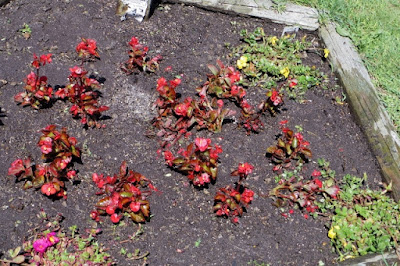Gardening is wonderful work. It can be very relaxing and even therapeutic. There are, however, times when it is more like a battle. It seems that way when you must battle the green nemesis. The worst green nemesis that I’ve discovered is Japanese knotweed. It is an invasive species. It was actually introduced as an ornamental plant, and it escaped the gardens. It can be found everywhere you don’t want it and it crowds out native plants, which is not a good thing. Apparently, however, it is a useful plant. Its root can be used to help people with Lyme disease. The leaves are edible.
But Japanese knotweed is still a nemesis. Its roots can travel ten feet into the ground. I don’t know about you, but I am not likely to dig a ten-foot hole to get rid of weed roots. Japanese knotweed can grow through concrete, and it will leave wreckage in its wake, including buildings, dams, and roads.
For more information about Japanese knotweed, click onto the next time that I write “Japanese knotweed”: Japanese knotweed. This link even includes recipes for cooking the leaves of Japanese knotweed, as in “if you can’t beat it, eat it.”
I am, however, going to write about another green nemesis, one that I battled today.
Crabgrass.
There are different species of crabgrass. In the United States, crabgrass tends to be a lawn-wrecking weed. It is worthy of the yuck reaction. Its scientific name is digitaria sanguinalis. Throughout the world, it is known as a weed. Its seeds, however, are edible. In Germany and Poland, it is used as a grain and is known as “Polish Millet.”
In Africa, the species of crabgrass there is called “digitaria fonio.” It is a good source of nutrients. It can be made into a flour. The grains can be used for couscous, porridge, bread, and beer. Digitaria iburau is grown in west and west-central tropical Africa. It is also a grain crop.
Digitaria compacta is native to India. It can be made into a glutinous flour and can be eaten as bread or porridge. It is known as raishan.









Wow! That Japanese knotweed sounds horrible!! I'm with you: definitely not going to dig down 10 feet to get all of those roots. The garden looks great with the weeds removed 🙂 I find gardening very relaxing.
so wish I had a garden right now, despite the weeds 🙂